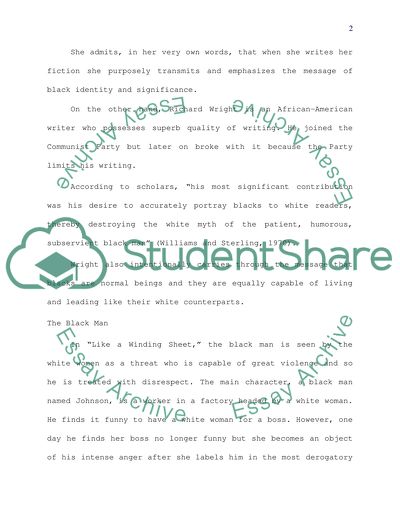Cite this document
(“Black Man as Object of Fear and Symbol of Violence Book Report/Review”, n.d.)
Retrieved from https://studentshare.org/miscellaneous/1530916-black-man-as-object-of-fear-and-symbol-of-violence
Retrieved from https://studentshare.org/miscellaneous/1530916-black-man-as-object-of-fear-and-symbol-of-violence
(Black Man As Object of Fear and Symbol of Violence Book Report/Review)
https://studentshare.org/miscellaneous/1530916-black-man-as-object-of-fear-and-symbol-of-violence.
https://studentshare.org/miscellaneous/1530916-black-man-as-object-of-fear-and-symbol-of-violence.
“Black Man As Object of Fear and Symbol of Violence Book Report/Review”, n.d. https://studentshare.org/miscellaneous/1530916-black-man-as-object-of-fear-and-symbol-of-violence.


